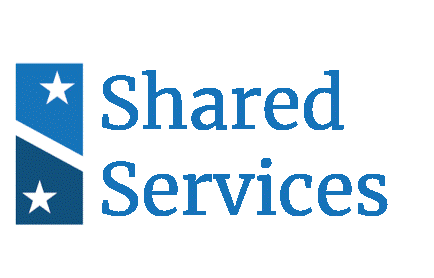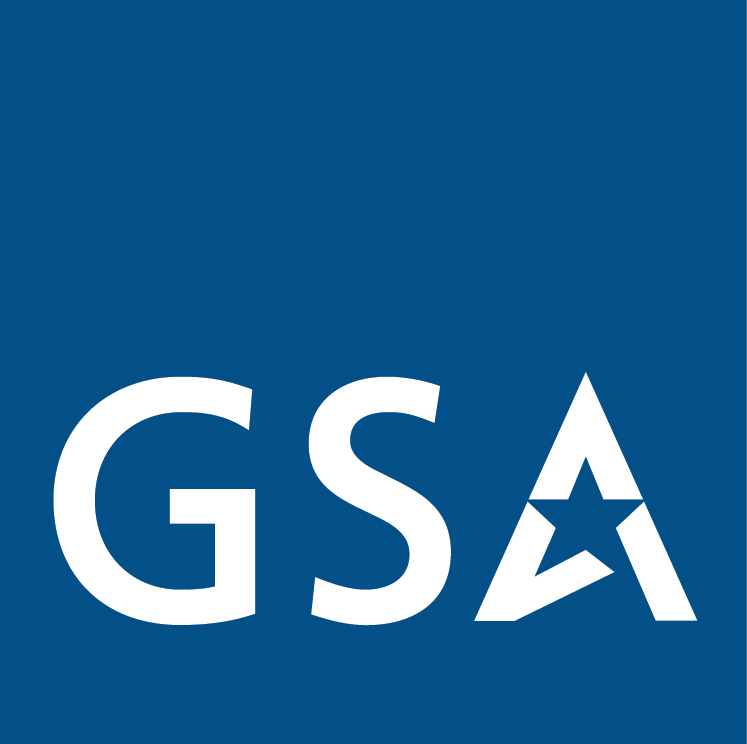1.12 Review Standard Business Capabilities and Document Initial Business Capabilities
Objective
Document business capabilities, mission critical, and unique capabilities of the customer organization to support the Business Readiness Assessment.
View Best PracticesTask Activities
-
Customer
Review Standard Business Capabilities previously defined by Government-wide Standards working group provided through the Federal Integrated Business Framework (FIBF) website
-
Customer
As needed, document additional capabilities referencing the authoritative source and prioritize must-have versus nice-to-have capabilities against the FIBF capabilities
-
Customer
Identify Business Standards Lead through the FIBF website and discuss additional capabilities identified in step 2 above with the Business Standards Lead
-
Customer
Validate capabilities with Business Owners and perform initial baselining
-
Customer
Report updates in governance meetings and Status Reports/Dashboards
-
Customer
Define requirements and management processes and document in the Requirements Management Plan
-
Customer
Update the Project Business Case and Business Needs Workbook
-
Customer
Consider steps 1.1 and 1.2 of the Investment Planning Guidance and engage with QSMOs as necessary
1.12 Best Practices
- Define capabilities within the customer organization before engaging a provider to communicate needs in a consistent manner
- Provide criteria to define mission critical versus nice-to-have capabilities to enable improved provider selection
- Provide training to Subject Matter Experts (SMEs) on requirements processes and how to define, communicate, and document mission critical requirements
- Obtain a robust requirements management tool or process to manage requirements throughout the migration, including a robust change control process
- In Phase 1, customers should not create detailed business requirements for every service, but should instead focus on documenting must-have capabilities not in the FIBF Business Capabilities. Examples of capabilities that should be documented include; must-have mandatory system interfaces, hours of operation or availability of services, or other criteria that a provider must be able to meet in order to provide services to the customer. Customers and providers will not jointly discuss detailed technical and functional requirements until Phase 3
Stakeholders
Customer
- Executive Sponsor
- Business Owner
- Business Standards Lead
- Program Manager
- PMO Lead
- Functional Lead
- Technical Lead/Solution Architect
- Requirements Lead
- Functional SME
- Technical SME
Inputs
- Vision Statement
- Target State Concept of Operations
- Target State Systems Environment
- Government-wide Standards Defined through FIBF
- Project Business Case
- Business Needs Workbook
- As-Is Systems Environment
Outputs
- Requirements Management Plan
- Business Needs Workbook
- Business Capabilities
- Status Reports/Dashboard


